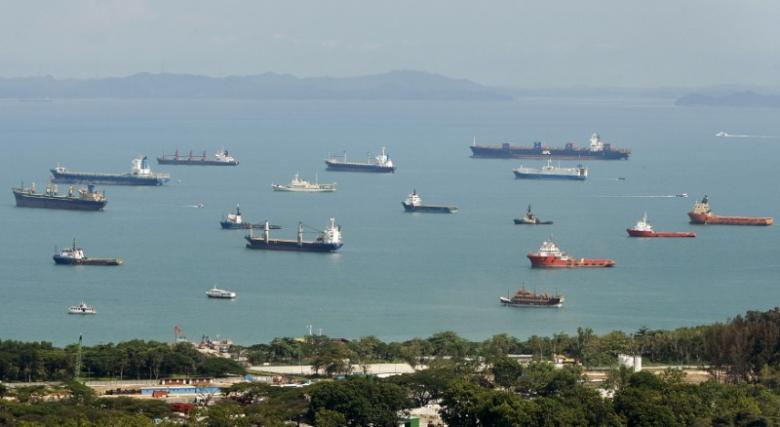A presumption that rapidly melting Arctic sea ice will open up new shipping routes has sparked a warning from scientists investigating the fast-changing ice conditions.
Although seasonal sea ice – the ice that thaws in summer and reforms in winter—has been shrinking at a rate of knots because of climate change, this has released thick and centuries-old multi-year ice from further north into shipping channels.
Scientists investigating 15 years of sea ice charts from the Canadian Arctic are now warning shipping companies and sailors that this thicker ice could be more hazardous and more unpredictable, creating so-called ‘choke points’ in existing shipping routes.
The shipping industry is worth trillions of dollars in annual trade and accounts for the transport of nearly 90% of all goods globally, so the state of the route through the Northwest Passage is of high interest.
Dr Alison Cook of the Scottish Association for Marine Science (SAMS) in Oban is lead author on a new paper published which outlines the extent of the multi-year ice effect and demonstrates how along some parts of the route the season of safe transit has become shorter, rather than longer.
The study, published in the journal Communications Earth & Environment, also highlights potential impacts for coastal communities along the routes of the Northwest Passage, as many Canadian Arctic communities rely on maritime traffic for the supply of goods.
Dr Cook said: “There is a presumption that the projected sea ice loss in the Arctic Ocean will mean new shipping routes, particularly around the Northwest Passage.
“However, it is very dangerous to presume this will be the case everywhere, and conditions are changing all the time.
“As a result of seasonal ice disappearing, multi-year ice is being released and flushed southward from high latitude regions. This ice is even more hazardous and is creating ‘choke points’ along certain sections of routes, leading to reduced shipping season length.
“Our study shows for the first time that the shipping season along large sections of the northern route has been shortening since 2007.”
Shipping through Canadian Arctic waters is of particular interest globally due to the potential of the Northwest Passage emerging as a viable, shorter, and potentially more economical alternative to traditional shipping routes connecting the Atlantic and Pacific oceans, such as the Panama and Suez canals.
But the researchers have concluded that the shipping season along the entirety of all the routes of the Northwest Passage will be highly variable, and assumptions of less sea ice enabling safe passage along the northern route should be avoided.
Dr Cook added: “Cruise ships, cargo vessels and tankers will be looking at such channels, particularly between August and September when there is less sea ice cover, but that is the time that multi-year ice could be more prevalent.
“For example, previous studies typically suggest the northern route through the Northwest Passage may become less risky in the future but we have demonstrated that long stretches of the northern route showed significant decreases in shipping season length between 2007-2021.
“Climate change is unlikely to result in sustained shipping season increases in the northern route of the Northwest Passage because of the continued presence of choke points.”
The research was carried out as a collaboration between SAMS, the Environment, Society, and Policy Group at the University of Ottawa, and Environment and Climate Change Canada. It was supported by the Canada-Inuit-UK Arctic Research Programme, funded by Polar Knowledge Canada and UK Research and Innovation.
Source: SAMS





